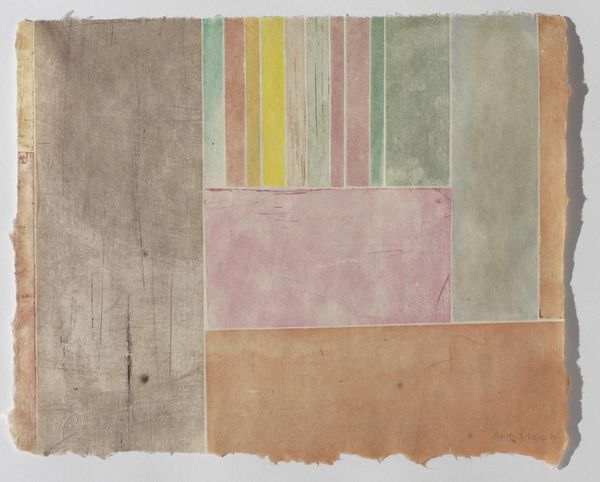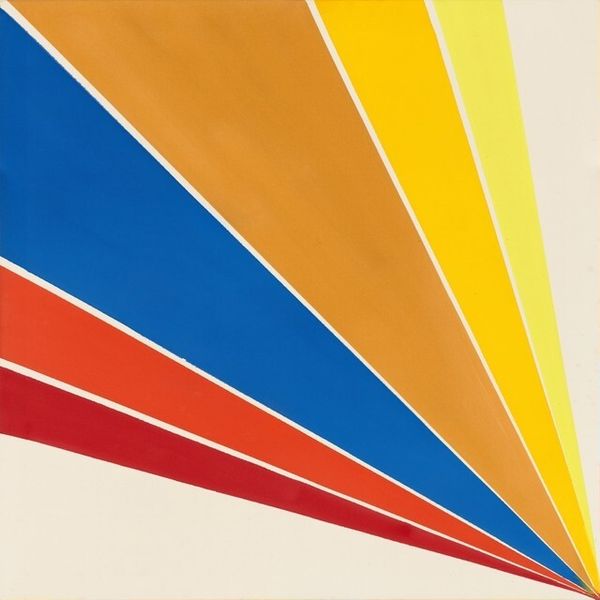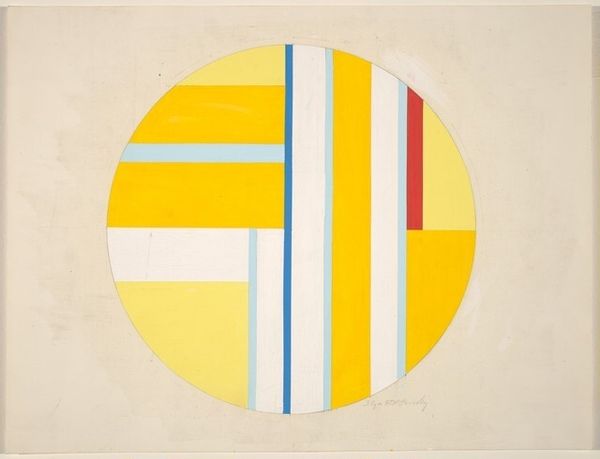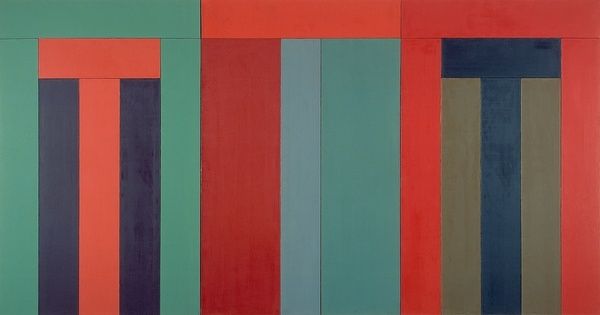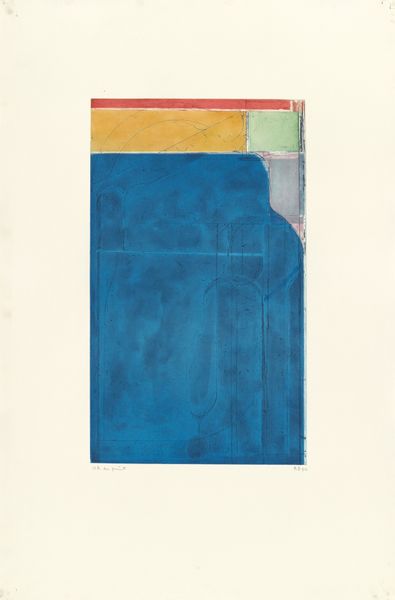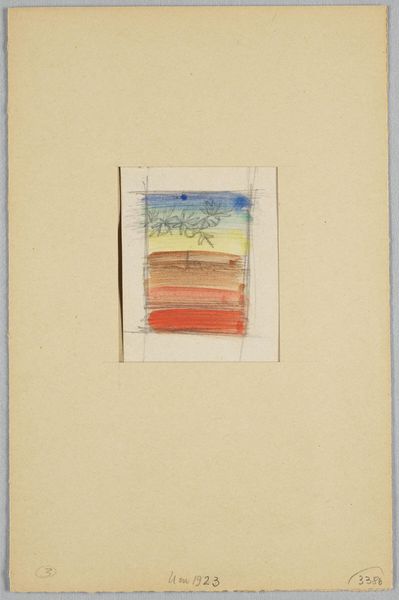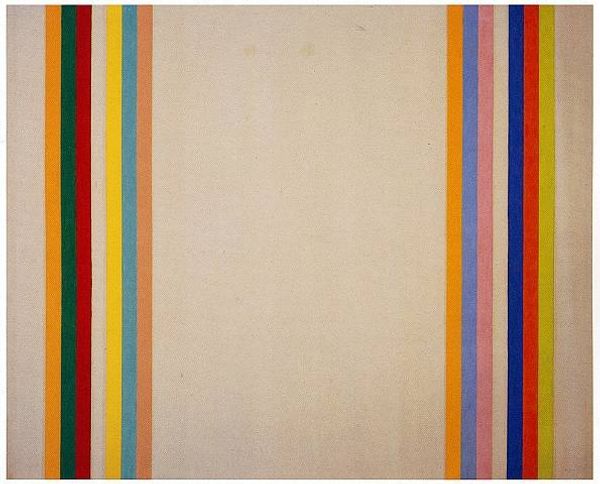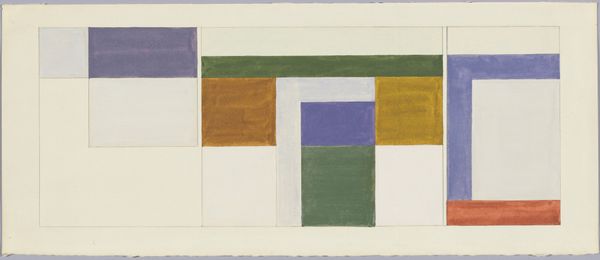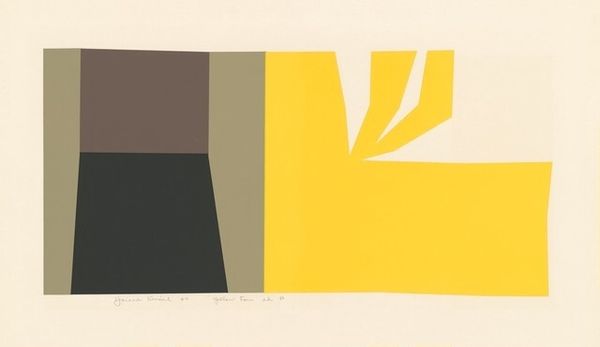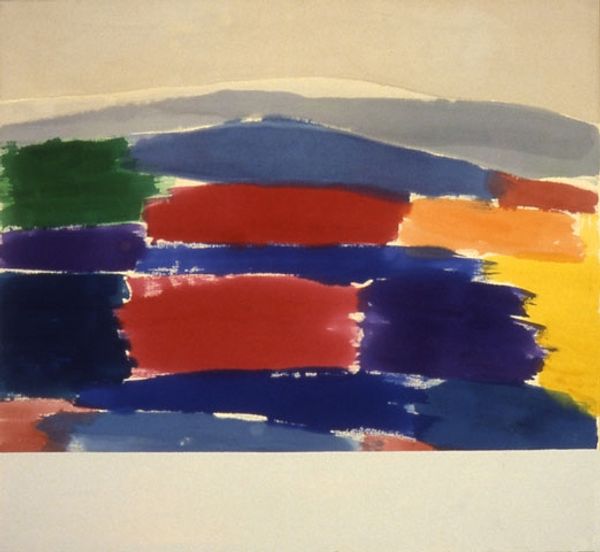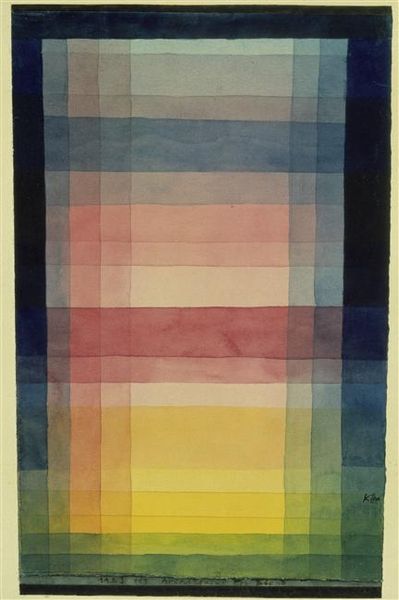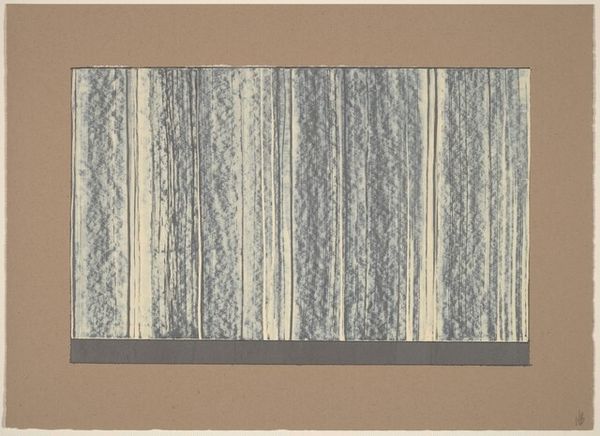![Design for Cincinnati Union Terminal.] [Study for the color treatment of the ceiling by Winold Reiss](/_next/image?url=https%3A%2F%2Fd2w8kbdekdi1gv.cloudfront.net%2FeyJidWNrZXQiOiAiYXJ0ZXJhLWltYWdlcy1idWNrZXQiLCAia2V5IjogImFydHdvcmtzL2U1Njc1N2E2LTQyNWMtNDZiZi04ODQ2LTAwMGM2NTVlMDMwOC9lNTY3NTdhNi00MjVjLTQ2YmYtODg0Ni0wMDBjNjU1ZTAzMDhfZnVsbC5qcGciLCAiZWRpdHMiOiB7InJlc2l6ZSI6IHsid2lkdGgiOiAxOTIwLCAiaGVpZ2h0IjogMTkyMCwgImZpdCI6ICJpbnNpZGUifX19&w=3840&q=75)
Design for Cincinnati Union Terminal.] [Study for the color treatment of the ceiling 1933
0:00
0:00
mixed-media, watercolor, mural
#
art-deco
#
mixed-media
#
water colours
#
abstract
#
form
#
watercolor
#
geometric
#
abstraction
#
line
#
cityscape
#
watercolour illustration
#
mural
#
modernism
#
watercolor
Copyright: Public Domain: Artvee
Editor: This is "Design for Cincinnati Union Terminal: Study for the color treatment of the ceiling" created in 1933 by Winold Reiss, employing watercolor and mixed media. There's something so appealing about the clean lines and the gradient of colors – it feels both calming and monumental. How do you interpret this work, considering its historical context? Curator: The Cincinnati Union Terminal, built during the Great Depression, served as a powerful symbol of hope and progress, a modernist temple in a time of economic hardship. This design study offers insight into how Reiss conceptualized color as a tool to shape public experience. What does the shift from warm oranges to cooler yellows and blues suggest to you? How might color function as a mechanism of social engineering, subconsciously influencing the passenger's mood or sense of civic pride? Editor: I see it as guiding the eye upward, perhaps reflecting a sense of aspiration and forward momentum that Art Deco often embodied. The warmer tones at the top could represent energy and optimism, gradually cooling down as the gaze descends, perhaps symbolizing a transition to a more grounded, practical reality. Curator: Precisely. Art Deco was often employed to legitimize industrial progress, to give it a human face. Consider also the implications of this artwork for the diverse populations who would have moved through the terminal. What stories did this space tell them about their place in this vision of modernity? The use of color and geometry, in this sense, served to manage and organize not just space, but also social experience. Editor: That makes me think about the role of public art in shaping collective identity, particularly during periods of significant social change. It's interesting to consider how Reiss’s design contributed to a particular narrative of progress and inclusion. Curator: And, by the same token, which narratives might have been marginalized or excluded through this design. The point is this artwork offers a potent lens through which to examine the relationship between art, power, and the public good during the interwar period. Editor: This has given me a new perspective to consider when thinking about Art Deco and public spaces!
Comments
No comments
Be the first to comment and join the conversation on the ultimate creative platform.
